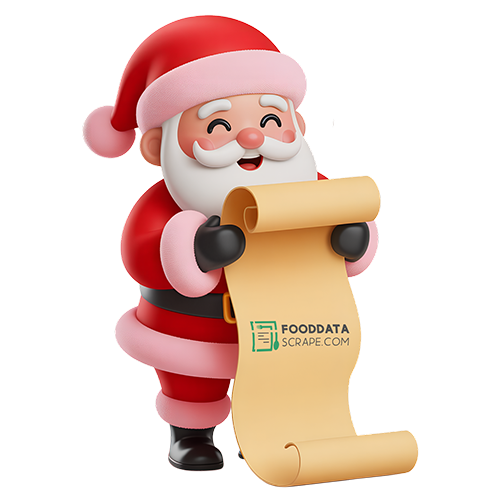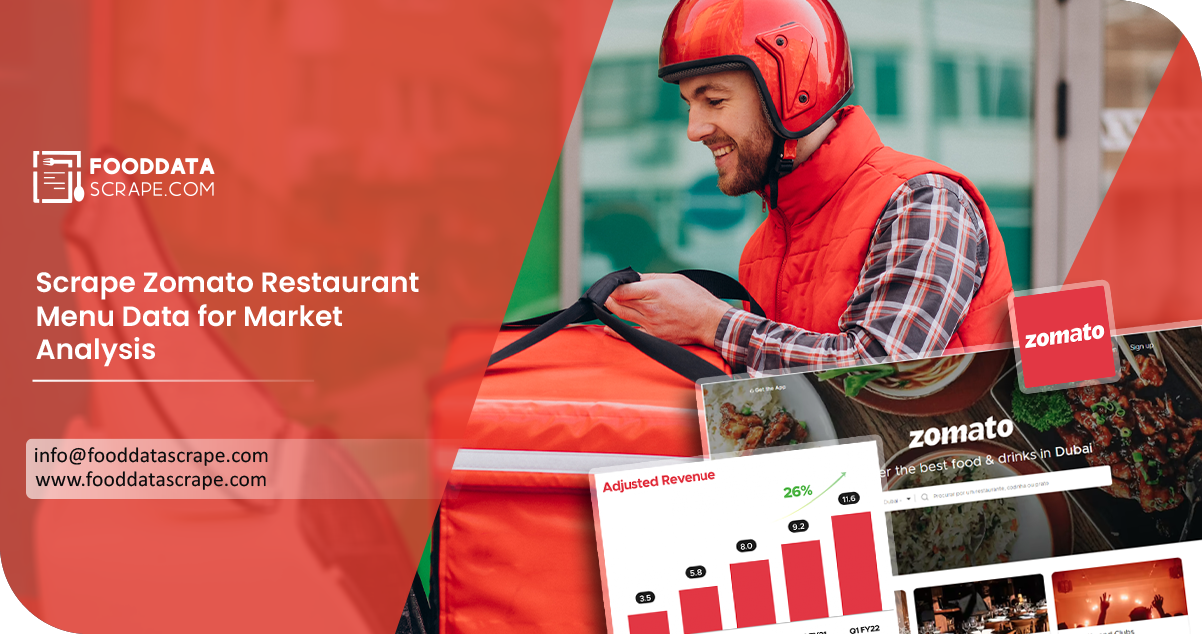The Client
Our client has a popular restaurant business and wanted to extract data from Zomato to understand competitors' comprehensive menus, pricing strategies, and food trends. This data would enable them to make informed decisions, improve their offerings, and maintain their competitive edge in the dynamic restaurant market.
Key Challenges
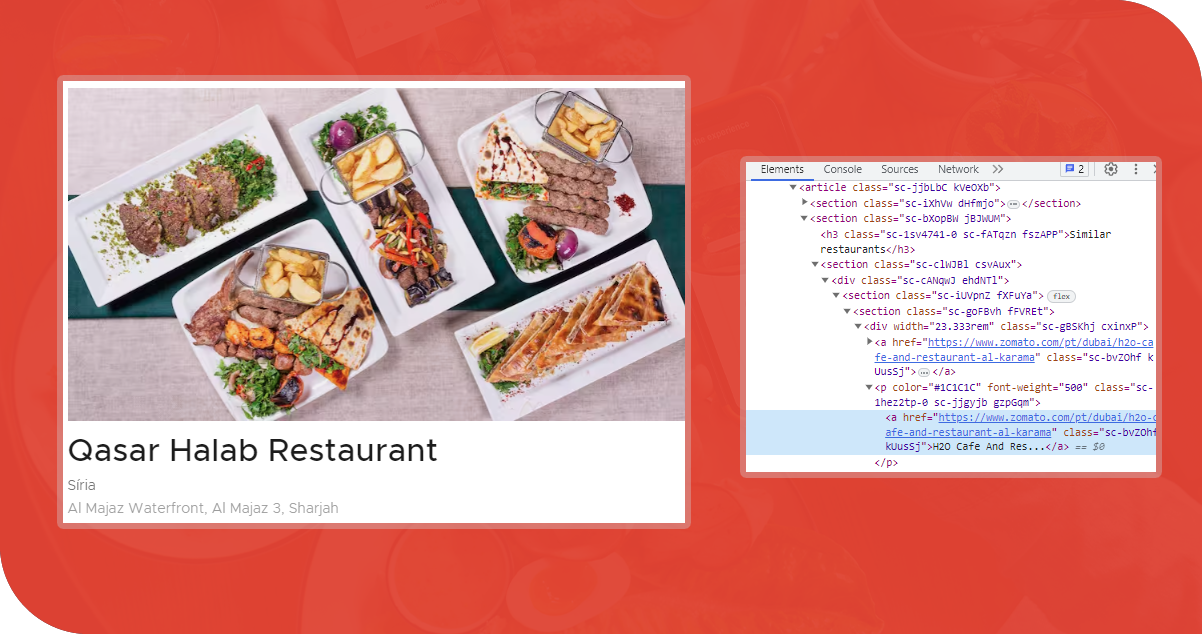
When scrape Zomato restaurant menu data, the website employs CAPTCHAs and IP blocking to deter excessive scraping, necessitating the implementation of measures to overcome these challenges
Changes to Zomato's website can impact the HTML structure of restaurant pages, requiring the firm to monitor and adjust its scraping script accordingly.
Restaurants may present menus in non-standardized formats, causing variations in data extraction. The team had to address these inconsistencies during the data-cleaning process.
Key Solutions
Anti-Scraping Mechanisms: We used rotating proxies and user-agent headers to bypass CAPTCHAs and IP blocking for food delivery data scraping. It helped us avoid detection and maintain a steady flow of requests without violating website policies.
Dynamic Website Structure: We regularly monitored Zomato's website for changes using automated scripts. When we detected alterations in the HTML structure, we promptly updated our scraping script to adapt to the new layout.
Data Inconsistencies: We developed robust data-cleaning algorithms to handle varying menu formats. These algorithms standardized the extracted data, ensuring a consistent and reliable dataset for analysis.
Rate Limiting: To prevent rate-limiting issues, we implemented innovative rate-limiting mechanisms in our scraping script. We controlled the number of requests made per second, ensuring compliance with Zomato's rate limitations.
Data Volume Management: Dealing with large datasets requires careful planning. We optimized data storage and processing using cloud-based solutions and distributed computing techniques. It allowed us to manage and analyze the vast menu data efficiently scraped from numerous restaurants on Zomato.
Methodologies Used
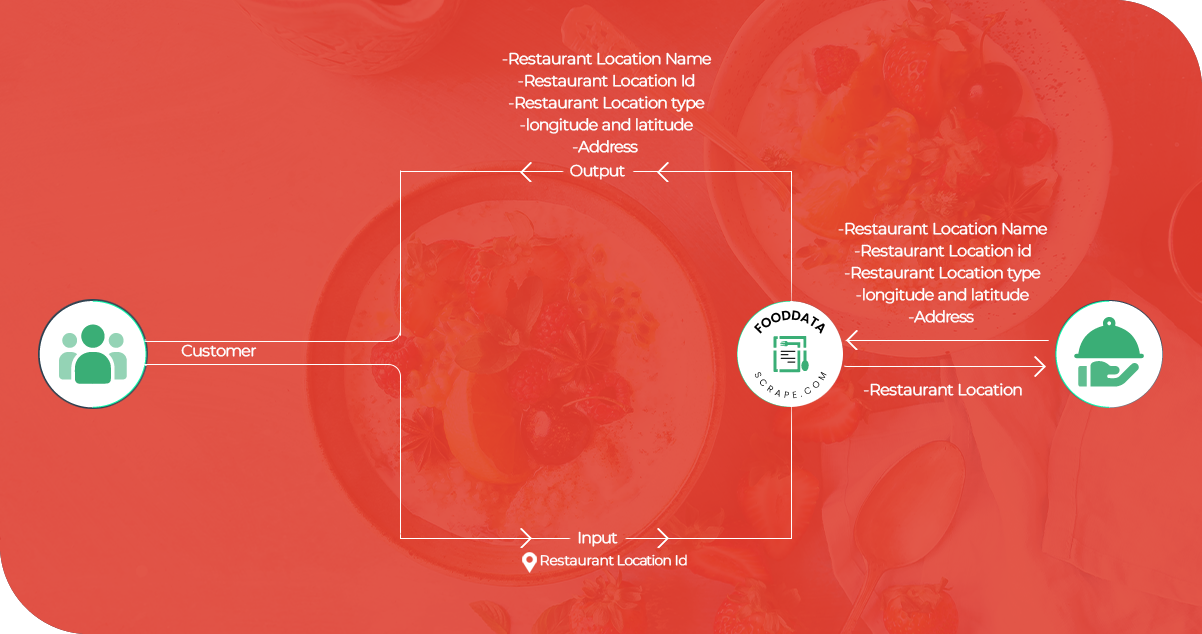
- Setup: Python and popular libraries like BeautifulSoup and Requests help automate the web scraping restaurant data process.
- Target City Selection: A specific metropolitan area with a diverse food scene and numerous restaurants listed on Zomato were available for analysis.
- Identifying Restaurants: Using Zomato's search function, the firm identified restaurants within the target city.
- Extracting Restaurant URLs: The team extracted each restaurant's page URL to access detailed menu information.
- Scraping Restaurant Menus: BeautifulSoup extracted relevant data such as dish names, prices, and categories from each restaurant's page.
- Handling Pagination: Implement pagination handling to access data from multiple pages, as Zomato's search results contain pagination.
- Data Cleaning: The scraped data underwent cleaning to remove duplicates, handle missing values, and standardize dish names.
- Data Storage: Store the cleaned data in a structured format (e.g., CSV or JSON) for further analysis.
Advantages of Data Collection Using Food Data Scrape API
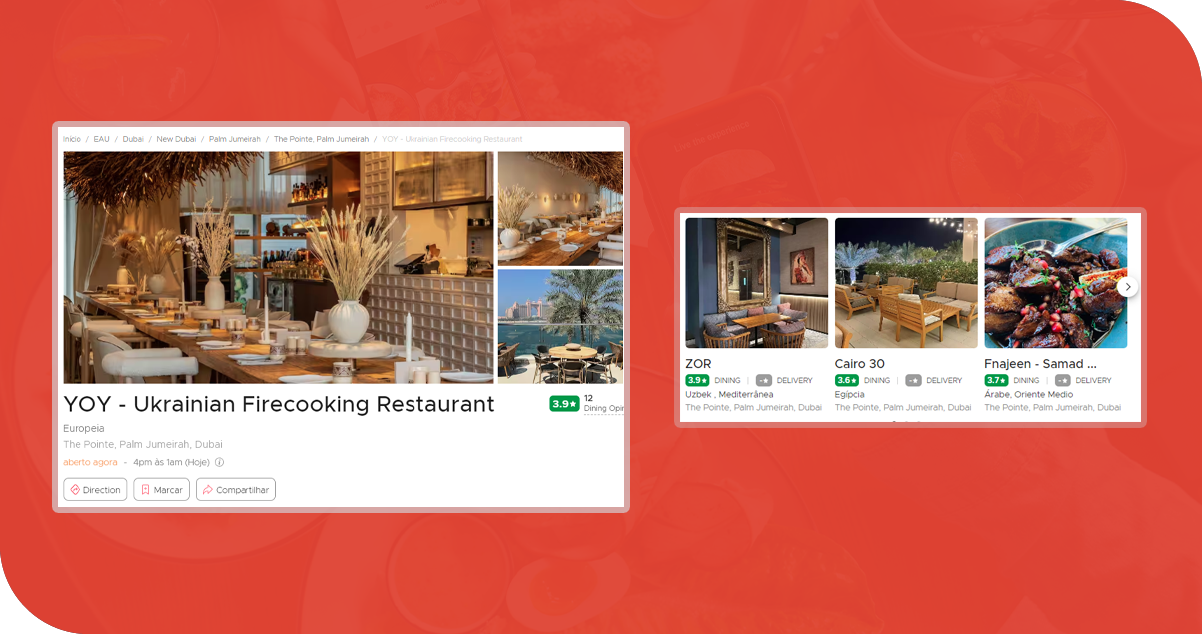
Real-Time Information: Food Data Scrape provides access to real-time information on menus, prices, and food trends. It enables businesses to make timely decisions based on up-to-date data.
Comprehensive Market Insights: By scraping data from multiple sources, businesses gain a comprehensive view of the food market. It includes competitor analysis, pricing trends, and emerging food preferences.
Competitive Edge: Our company allows businesses to stay ahead of competitors by identifying unique menu offerings, pricing strategies, and customer preferences. This information is helpful to differentiate and improve offerings.
Data-Driven Decisions: Businesses can make informed, data-driven decisions with accurate and detailed data. It reduces guesswork and enhances the chances of success.
Efficiency and Scalability: Data scraping enables the collection of vast amounts of data quickly and efficiently. This scalability allows businesses to analyze large datasets and adapt to market changes effectively.
Cost Savings: By automating data collection through scraping, businesses save time and resources compared to manual data collection methods.
Personalization and Customer Insights: We reveal valuable customer insights, including preferences and reviews. This data aids in personalizing offerings and enhancing customer satisfaction.
Final Outcome: We successfully scraped menu data from hundreds of restaurants in the chosen city. The data provided valuable insights into various aspects. Our client evaluated the price ranges of different dishes and categories, gaining insights into the city's affordability and upscale dining options. Our client was able to make informed and data-driven decisions in the competitive restaurant industry.

